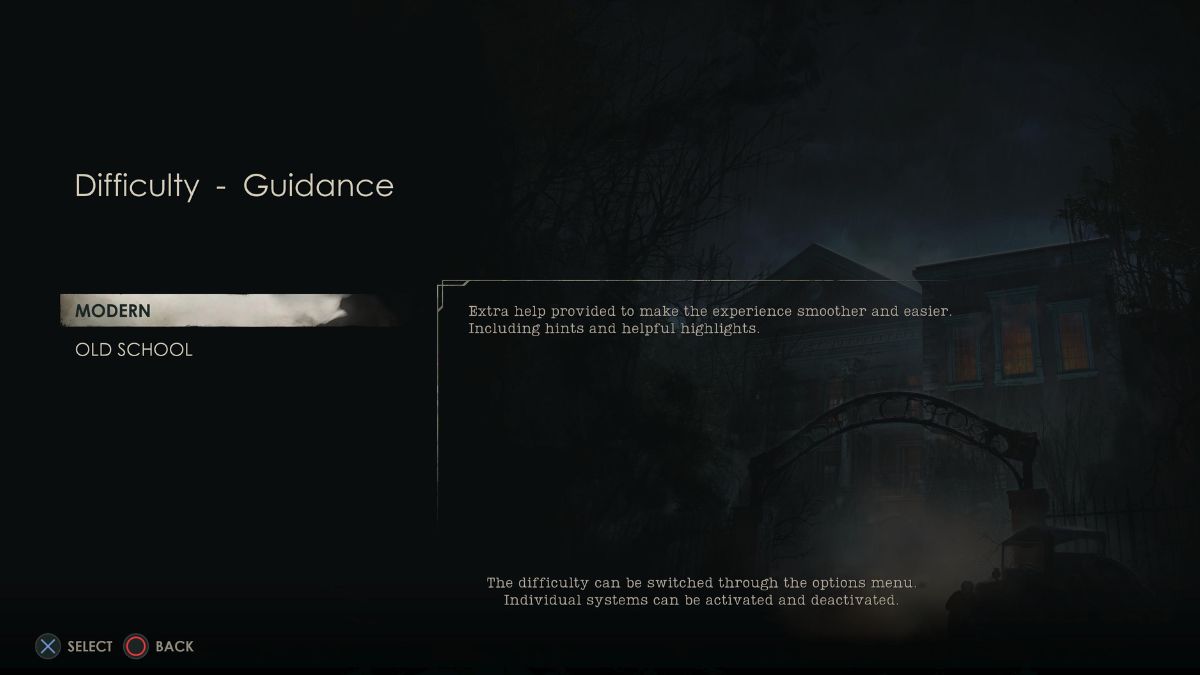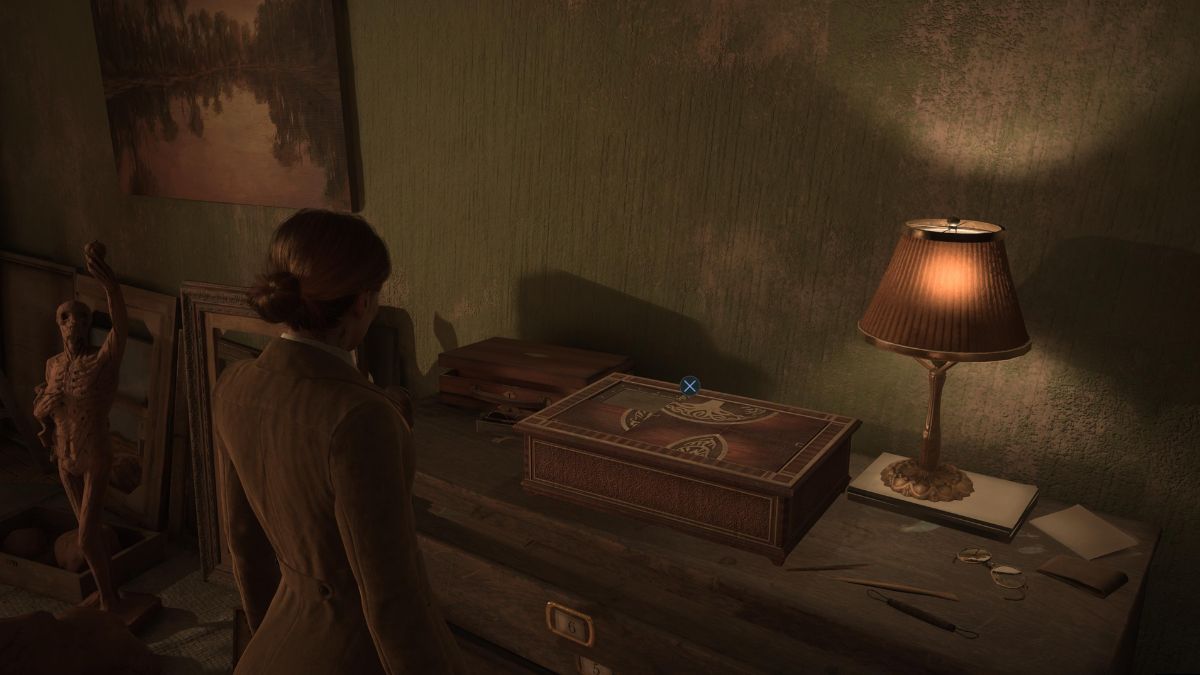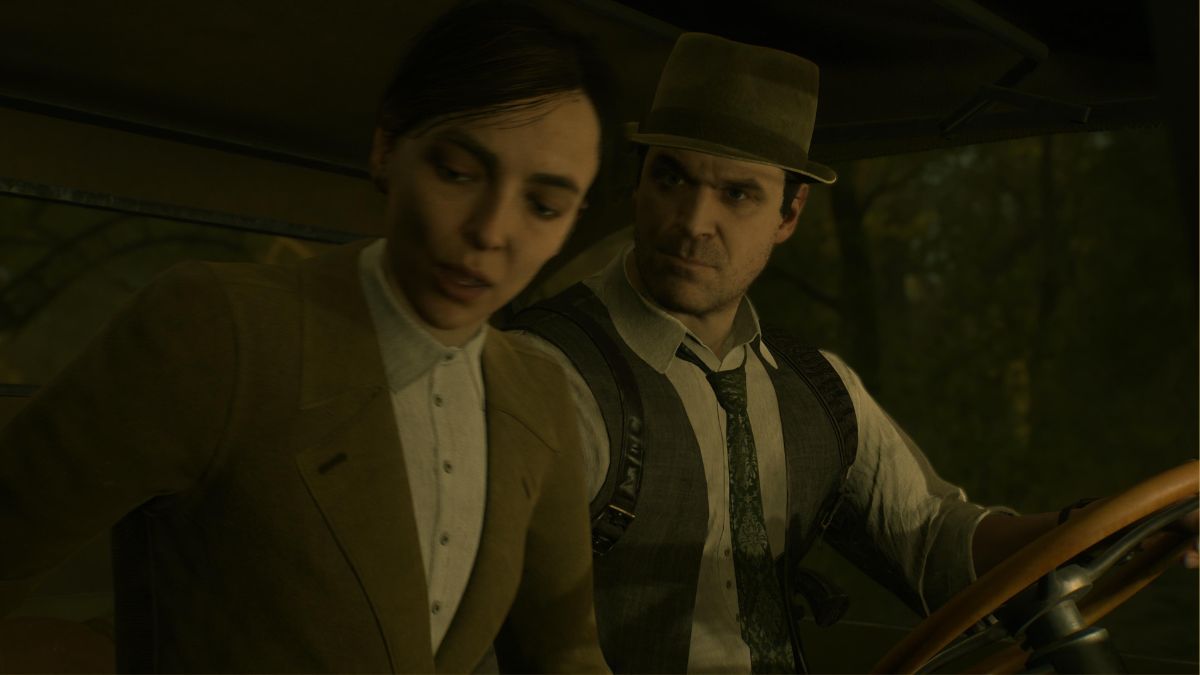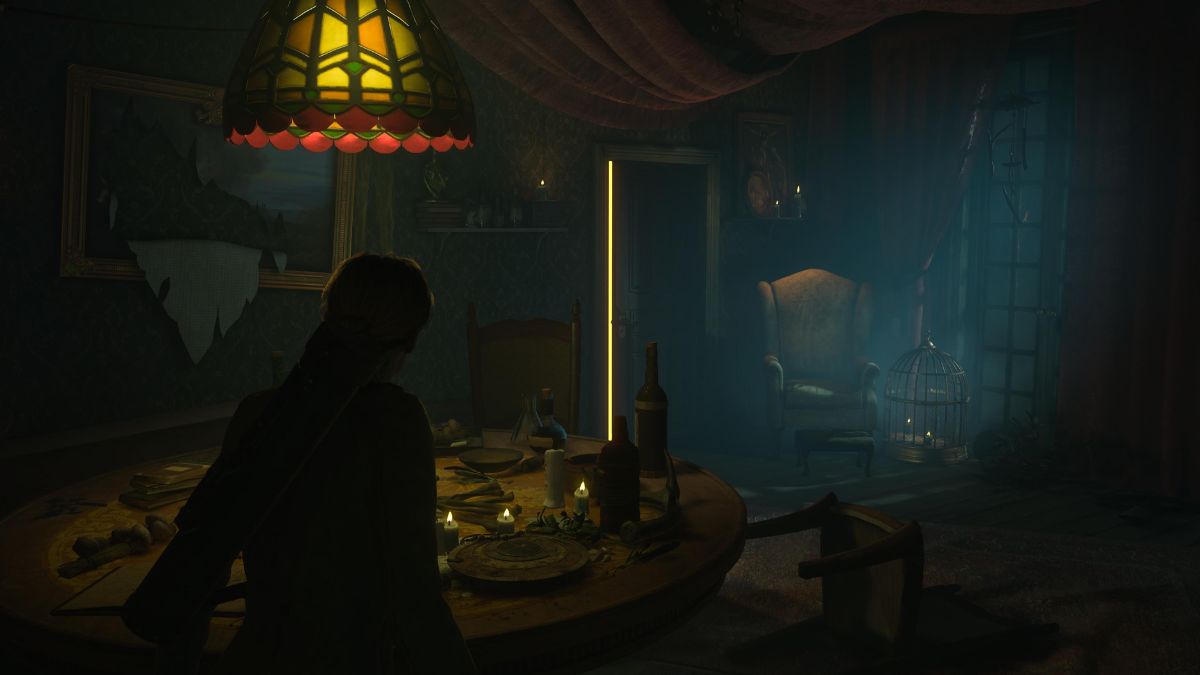Before you even start your journey into the madness and horrors awaiting you in Derceto, Alone in the Dark offers you a choice of difficulty and guidance.
You must pick between Modern and Old School without really knowing what each entails. As a big horror game fan, I don’t think it’s a great idea to jump into this choice without knowing exactly what the impact on your next playthrough is.
What is the difference between Modern and Old School difficulty in Alone in the Dark?

The difference between Modern and Old School difficulty in Alone in the Dark is how much guidance you’ll receive on puzzles. Modern difficulty offers many more hints, while Old School will let you suffer and say nothing. Essentially, if you love older horror games where the puzzles feel obtuse, and you have to work for hours to find the solution yourself without any help, Old School is the difficulty for you. If that sounds awful, you’ll have a better time with Modern difficulty.
I’ve broken down each difficulty a bit more based on my time with the game because this is more than a matter of some hints or no hints. It’s a deep change that you’ll feel quite a bit during your playthrough. Note that every setting of these difficulty modes can be tweaked and changed on the fly. So if, for example, you want help with puzzles but not finding items, you can change the settings to accommodate that.
What is Modern difficulty in Alone in the Dark?

Modern difficulty in Alone in the Dark is a mode that holds your hand all the way up to a puzzle’s conclusion, but it won’t tell you the final answer. It’s a great mode for those who either don’t enjoy puzzles or find it difficult to figure out the working parts if they’re too obscure or spread across a wide area.
For example, one of the earliest puzzles in the game tasks you with finding a sequence, translating it into symbols, and then inputting it on a lock. On Modern difficulty, I was given written hints on-screen for every step apart from using the code on the lock, which I’d already figured out.
This mode also puts many more on-screen icons in your face early on as you explore. It allows you to see pretty much every interactable object. While that’s not a bad thing, it can make the game feel easier in general, especially if you’re someone who enjoys discovering items through exploration and not watching for UI elements.
Personally, I prefer not to have these types of hints because I enjoy getting my brain working and finding the pieces of a puzzle before putting them together. This will help to get you through those potentially frustrating areas faster if you don’t like them, though.
What is Old School difficulty in Alone in the Dark?

Old School difficulty in Alone in the Dark is a classic survival horror experience when it comes to puzzles. The puzzles are the same, but you get no hints as to how to work them out. This is a game mode better suited to those who really relish the challenge of a good head-scratching puzzle and want to explore every location in the game thoroughly as they work out every solution.
While playing on Old School difficulty, you also won’t have nearly as many on-screen prompts to contend with. This means you’ve got to keep an eye out for the items that will help you or suffer the consequences. It’s great for encouraging exploration and finding every drop of health tonic or bullet lying around.
This is the difficulty level I prefer in Alone in the Dark. The game isn’t too much of a challenge without the hand-holding of modern mode because your attention is generally drawn to certain parts of your environment when looking for a solution anyway. If you loved your first time through the early Resident Evil and Silent Hill games, then this is the mode to pick.


